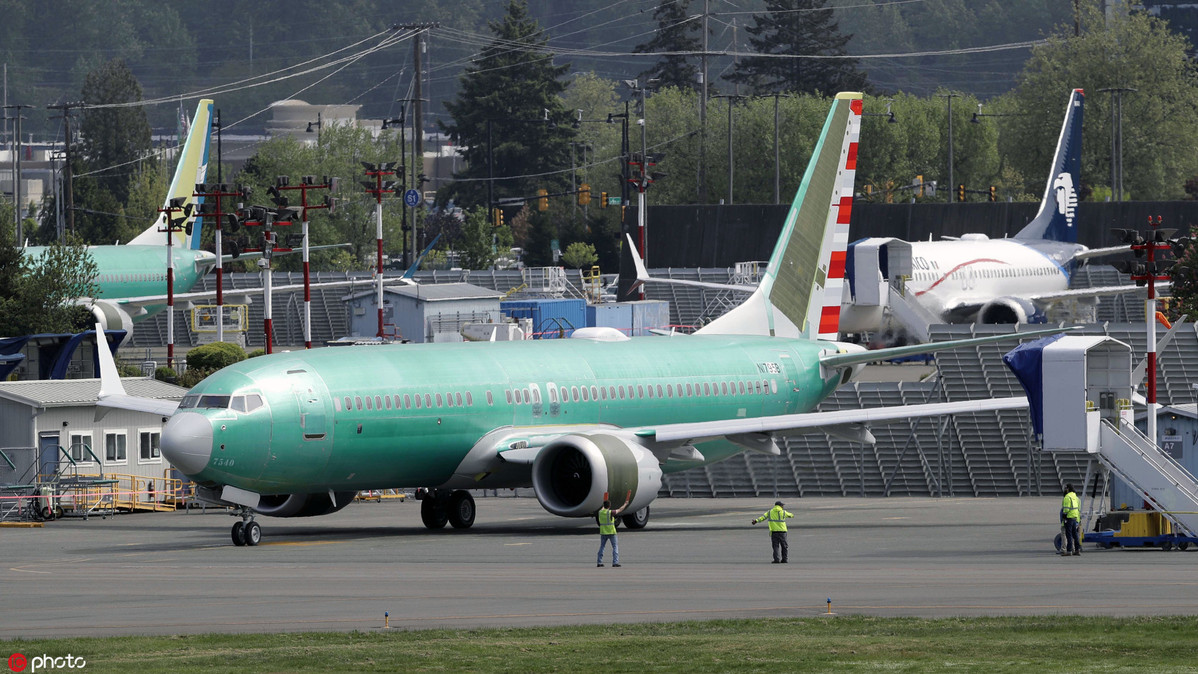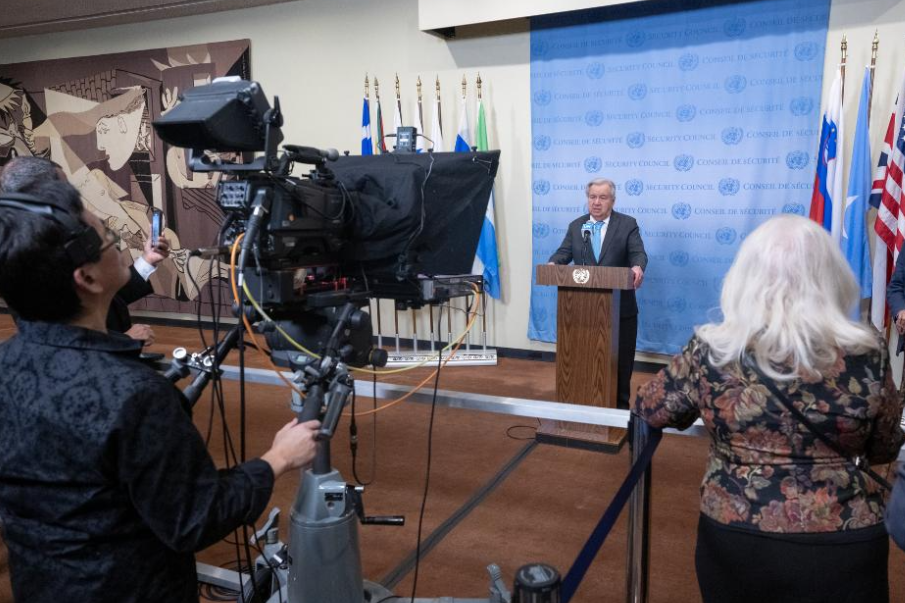Differing regulator views could affect Boeing MAX return


The US Federal Aviation Administration (FAA) and European regulators may differ about fixes needed to the Boeing 737 MAX's anti-stall device, and a disagreement could further delay the plane's return to service.
Regulators apparently disagree over how the MAX's two flight-control computers will work together. Under the revised system, the computers would work in tandem to provide redundancy to eliminate hazards from possible chip malfunctions, The Wall Street Journal reported Tuesday.
Previously, only one computer fed information to the MAX's automated flight control system, and use of the computers alternated between flights. Boeing and the FAA are testing the dual-computer system, but the results haven't been presented to the European Union Aviation Safety Agency (EASA) or to other regulators, the newspaper said.
"It's going to turn into a political football," Robert Mann, president of R.W. Mann & Co, an aviation consulting firm in Port Washington, New York, told China Daily. "I suspect the issue is more likely to be training than software. The Canadians may insist on simulator training rather than just an iPad course for pilots."
In a statement, Boeing said: "We continue to work with regulators on addressing their concerns and working through the process for certifying the 737 MAX software and training updates and safely returning the airplane to service. Looking forward, we continue to target regulatory approval for the 737 MAX return to service this quarter, though it's the FAA and other global regulators who ultimately will determine the timeline."
The MAX jet crashes on Oct 29, 2018, in Indonesia and March 30 in Ethiopia killed 346 passengers and crew. Investigators have focused on the MAX's automated anti-stall device that may have erroneously pointed the nose of the plane down to gain speed to prevent a mid-air stall and into a fatal plunge. China was the first to ground the aircraft, and the US was the last.
Previously, European regulators said that they would work with the FAA and jointly perform simulator training and risk analysis, but now the regulators appear to differ on what's needed to test the dual computer system. That could lead to different tests and standards unless a compromise can be reached, the Journal reported.
However, the newspaper said EASA "hasn't specified what additional measures might allay its objections".
In a statement to the Journal, an EASA spokeswoman said "we do not have any specific concerns" that would prevent the regulator from developing a coordinated response with the FAA.
At a meeting last month in Montreal, FAA Chief Steve Dickson said the US would share lessons learned with overseas regulators "as you make your own decisions about returning the MAX to service".
Testifying before a House appropriations subcommittee shortly after the meeting in Montreal, Daniel Elwell, the FAA's second-ranking official, suggested that MAX jets might return to service in stages and by region. He said, "While simultaneous ungrounding, when or if that happens, is desired, it's not obligatory."
Boeing CEO Dennis Muilenburg said last week that the company's test pilots had completed more than 700 test flights of the MAX. "We are very confident in that software solution, and we are now just marching through the final steps on certifying that, so that everybody's confident in the safety of the airplane," he said during a public appearance in New York.
Returning the plane to service is vital to Boeing because it must decide if it will further cut production or temporarily shut down a plant near Seattle, Washington.

































